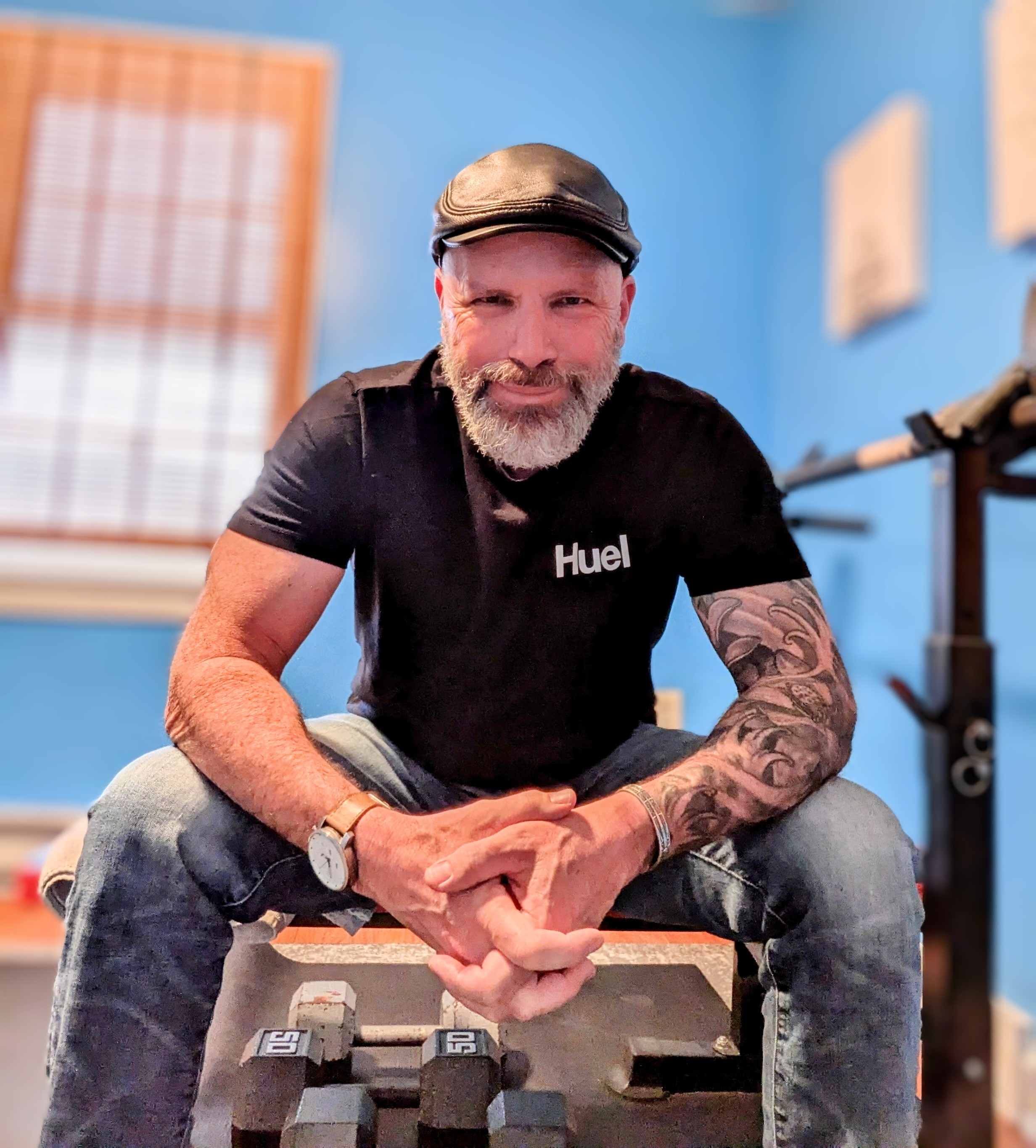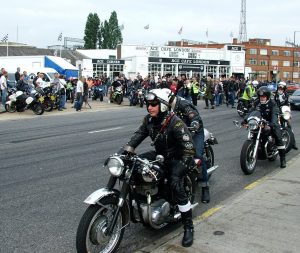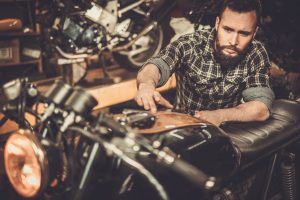Classic Cafe Racers Have Rocking Style
There was this movement to have light bikes rebuilt with a low stance and high performance. I remember my first look at these stylish thoroughbreds. It was all good, and their gritty owners raced the streets on their dangerous-seeming bikes.
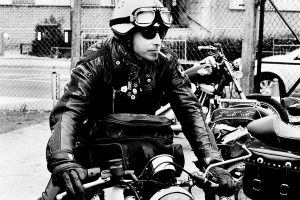 1.http://www.acecafelondon.de/
1.http://www.acecafelondon.de/
What are these cafe racers?
The story began during the 1960s Britain. Bikers were stripping down and modifying sports bikes with spritely engines. Counter-culture Rockers would run these against the clock along circuitous routes between highway coffee shops. The scene around the cafes was known for racy bikers wearing the best motorcycle gloves and racy leather jackets.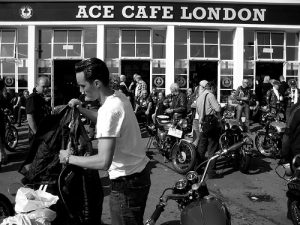
2.https://caferacerlondon.wordpress.com /
Cafe racers come with bodywork and control layouts which recall that of Grand Prix road racers of the era. They are famous for racing-type handlebars and bulging seat cowlings. They had lengthened tanks that were indented, so that riders with their best motorcycle boots on could get a better grip them with their knees. Most were rebuilt off Triumph, Norton, Vincent, Ducati, and Moto-Guzzi sport frames, and many were ersatz hybrids of various brands like Norvin and Triton.
To be clear, I’m referring to real cafe racers rebuilt for street races and not to models which mimic their designs, like the Triumph scrambler.
As street motorcycles reduced in weight and modified for quick handling and quicker style over short distances, cafe racer projects had several advantages:
| Economical running
Many popular bikes were small Japanese models with engine sizes coming in increments of up to 400cc. Honda’s CB series are well known but Suzuki and Yamaha had their own small-engine range along with Kawasaki. Lightweight construction The appeal of these bikes was their nimble build, for with their small motors they had no need for huge frames. Steel construction was the norm in a time when composites or aluminium were rarely used, thus weights didn’t differ much between competing models. Affordable build Projects are readily started as there are many inexpensive used frames in the market that aren’t just junkyard bait. Nowadays you can find a functional project unit for less than you would have paid for some worn-out “modern” Ninja. Compact design Good looks can’t just be bought, although if you rebuild small bikes this way you can bring rocker sensibility to your daily rides. The movement today is about individual taste as well as total performance. |
If you’re into the racing the streets, you’ll need the best motorcycle boots with minimal looks to go with the requisite leather bomber jacket, such as the Dirtpaws (black version). A pair of the best motorcycle boots featuring somewhat classic profiles such as the Roam 2 Air should complete your riding culture.
BWM Cafe Racer
Until the 1980s, motorcycles with engine displacements of more than 500cc were few. Modest street models roamed the roads, and the first racers were recreated from these. But it doesn’t mean later designs couldn’t be turned out just as well, such as BMW’s ubiquitous K100 which is our example here.
When K100s first launched, buyers hesitated to mount its low frame. Its frame was a throwback to the pre-war period and its engine was a new-fangled model based on a low-cc auto model. But the excellent design beckoned and drew many buyers, and in later years interest grew in modifying these.
To see how redone BMW sport bikes can appeal not only to practical owners but also to rocker hipsters, you need only see this.
Their Italian owners know that the cool prestige and thoroughbred ride of a cafe racer is not like that of most other bikes!
The author Lucas Knight has 15 years of on-road experience. He cares to share his knowledge and experience in motorcycling with other riders.
